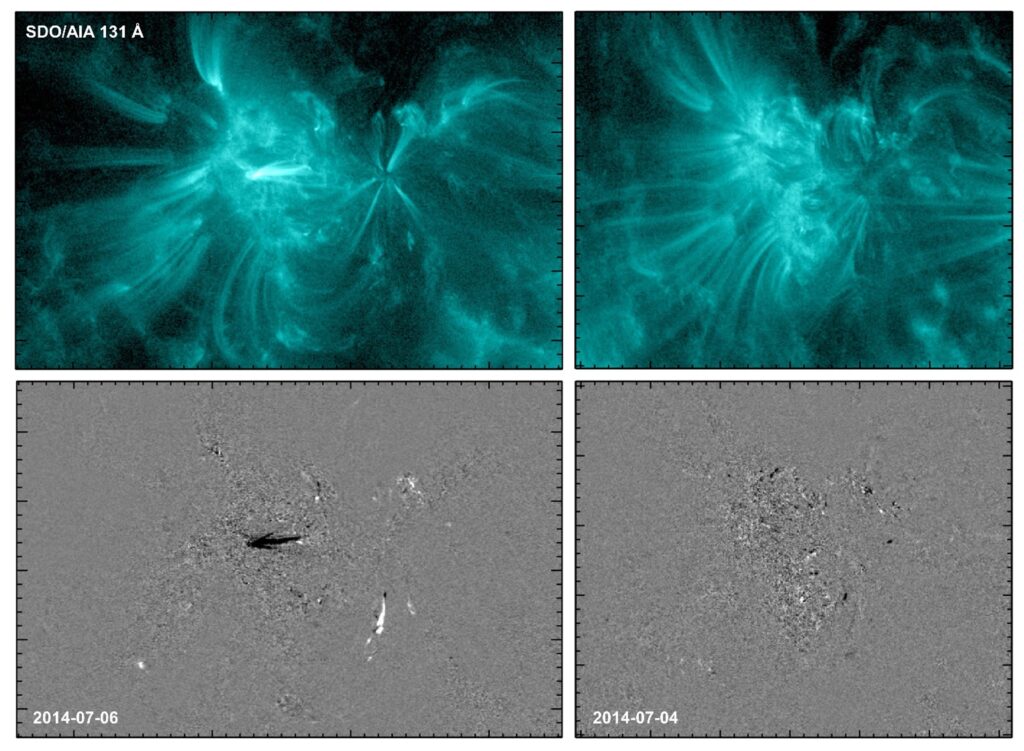Using data collected by the SDO mission, a team of American researchers identified microflares in the upper layers of the solar atmosphere. They arise over regions that are likely to become sources of full-fledged flares in the future.

Scientists came to this conclusion during the analysis of the archive of SDO images. They studied images of active areas on the Sun taken over the past eight years in the ultraviolet and extreme part of the ultraviolet range. It turned out that almost every powerful manifestation of solar activity was preceded by the appearance of small flares in the corona. Scientists figuratively compared them to sparklers, followed by fireworks.
This information can significantly improve the accuracy of space weather forecasts. Currently, the Sun is entering a new cycle of its activity. This means that it will produce more and more flares and coronal mass ejections.
The increase in solar activity will definitely have a significant effect on both our planet and near-Earth orbit. Powerful flares can lead to communication interruptions and have a negative impact on spacecraft located outside the protective umbrella of the Earth’s magnetosphere. Also, increased activity contributes to the “inflating” of the earth’s atmosphere, which in turn accelerates the deorbiting of satellites.
Do not forget about manned cosmonautics. Of course, solar flares cannot harm the ISS, which is protected by the Earth’s magnetic field from dangerous radiation.However, expeditions to the Moon will be deprived of such luxury. Therefore, the issue of early prediction of powerful solar flares is a top priority in the preparation of manned missions into deep space.
Recall that NASA recently completed the Geotail mission, which studied the interaction of the Earth’s magnetosphere and the solar wind.
According to https://www.nasa.gov
Follow us on Twitter to get the most interesting space news in time
https://twitter.com/ust_magazine

